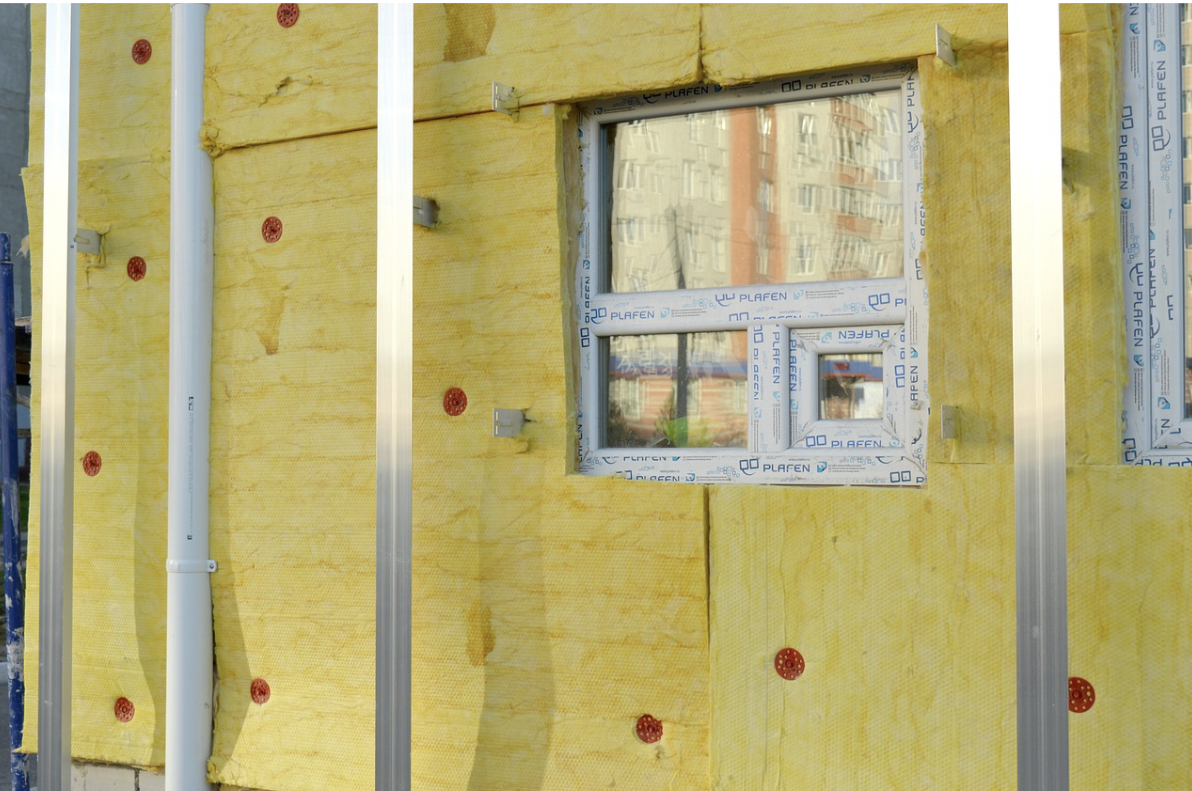Weather the Storm: 6 Essential Tips for Durable Roofing
A solid, durable roof is the fortress that guards our homes against the unpredictable and often severe forces of nature, and Altitude Exteriors can help ensure your roof is up to the task. Whether it’s the relentless summer sun beating down or the frigid, wintry mix tearing through the skies, our roofs silently bear the brunt of it all. But what does it take to ensure your roof stands strong, year after year? In this comprehensive guide, we’re drilling into the details you need to know to fortify your home's most critical defense – your roof.
1. Find Reputable Experts
To ensure that your roof is as strong as it should be, it's crucial to work with professionals who understand the value of quality materials, expert installation, and ongoing care. As Roof X USA professionals suggest, you should find roofers who ensure clear, concise communication, education, and superb workmanship throughout the entire process. Don't underestimate the power of a well-versed team who can guide you through the different options available for your home. The more informed you are as a homeowner, the better the decisions you'll make about the health and future of your roof.
2. Roofing Material Considerations
Selecting the right roofing material can be the difference between a resilient roof that weathers every storm and one that succumbs to the first sign of trouble. For instance, in areas prone to wildfires, composite shingles offer greater protection due to their fire-resistant properties. In contrast, clay tiles or slate can better withstand seismic shocks in earthquake zones. Reflective roofs, such as those made from metal or light-colored tiles, can help in hot climates by reducing the transfer of heat into the building. Your choice of roofing material directly affects your home's durability and energy efficiency, so it's important to choose wisely.
3. Proactive Inspections and Maintenance
Regular inspections and maintenance are the backbone of roof longevity. Small problems, if neglected, can quickly escalate into significant issues that compromise the structure of your roof. This could involve checking for cracked or missing shingles, damaged flashing, or any signs of a leak. According to industry standards, a professional should inspect your roof at least twice a year – once in the spring and once in the fall. Addressing maintenance promptly can extend your roof's lifespan and save you from more significant (and costly) repairs down the line.
4. Consider Ventilation and Insulation
A well-ventilated and insulated attic is not only crucial for your comfort and energy bills, but it also plays a significant role in the longevity of your roof. Proper ventilation regulates temperature and moisture levels, which can prevent the accumulation of mold, mildew, and ice dams. In colder climates, inadequate ventilation can lead to the premature deterioration of your roof due to the freeze-thaw cycle. Similarly, insulation acts as a barrier against heat transfer, reducing the strain on your roof. Together, these components ensure that your roof operates at its optimal performance.
5. Prioritize Professional Installations
Do-it-yourself roofing projects can be incredibly tempting, especially for cost-conscious homeowners. However, the benefits of professional expertise far outweigh the upfront savings that DIY might offer. Professional roofers not only are familiar with local building codes and regulations but also have the knowledge and experience to tackle the most complex roofing tasks. Their skillset and precision installations will prevent many issues from arising in the first place, as improper installations can lead to leaks, poor structure integrity, and a voided warranty on your roofing materials.
6. Emergency Preparedness
Even the most well-maintained and durable roofs can face emergencies due to sudden, extreme weather events or unexpected incidences. Preparing for roof-related emergencies means more than just occasional maintenance; it involves a proactive stance on emergency planning and response. This starts with a comprehensive understanding of your roof's structure, knowing how to quickly mitigate damages (such as tarping exposed areas to prevent water damage), and having a list of immediate contacts for professional repair services at your fingertips. Ensure that you're well-versed in the location and operation of critical shut-off valves and emergency services in your area. Regularly update your emergency plan to incorporate the latest recommendations from roofing experts and emergency responders. Additionally, consider establishing a roof emergency fund to address sudden financial requirements without delay. By expanding your emergency preparedness beyond the basics, you're not just protecting your roof; you're safeguarding your family's comfort and security against unforeseen disruptors, ensuring that when emergencies strike, you're ready to act swiftly and effectively to minimize damage and restore safety.
Taking care of your roof is not just a matter of structural soundness; it's a matter of protecting your investment and the safety of your loved ones. By following these six essential tips, you can be confident that your roof will weather the storm – no matter what Mother Nature throws its way. Remember, your roof is one of the most important components of your home – treat it as such, and it will keep you safe and comfortable for years to come.







